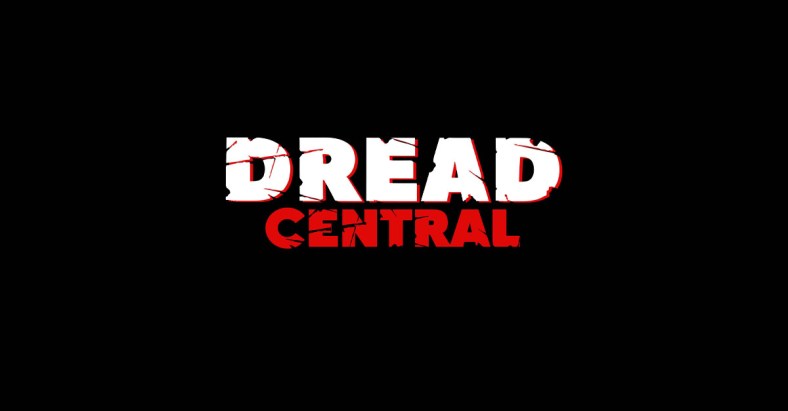Exclusive: Jarod Neece on What Makes a Film Stand Out For SXSW

This year marked the 30th anniversary of Austin’s South by Southwest (SXSW), which combines film, music, interactive media, industry panels, and a whole lot more into one gigantic event that draws in tens upon tens of thousands of attendees and brings in hundreds of millions of dollars in economic impact during its 10-day run. It’s a smorgasbord of everything entertainment, from midnight horror film screenings to fantastic concerts throughout the city to brand parties to tech demonstrations. As Senior Film Programmer of SXSW Jarod Neece puts it, “We’re the fun zone festival, geek spring break.”
Neece knows precisely what SXSW is and what it offers, telling me, “SXSW is part of something bigger but I think that kind of adds to the fun. It is different than any other film festival, giving opportunities to cross different boundaries maybe you’re used to, getting many different people in the same room.” To say that this is accurate is an understatement. During my time at SXSW, I ran into people from all sorts of outlets with a wide variety of interests. For example, I had lunch with the CEO of a video analytics company one day and then had dinner with genre filmmakers later that evening. I wandered around downtown Austin, simply hoping to meet people and see what drew them to SXSW, often achieving this with the utmost of ease.
For Neece, his journey through the ranks of SXSW shows just how committed and passionate one has to be in order to make such an endeavor work. “I started as a tech guy here, an exhibition manager, moved up to shorts programming, I worked in the conference for a while, and then programmed features,” he explains.
Recognizing that SXSW has grown into a mammoth endeavor, Neece is aware that this allows the festival to take on more mainstream studio films. “As the festival has grown, people who want to come to SXSW, there’s more buyers, more press, more industry, more filmmakers, everybody, it’s a bigger thing now so it’s a lot easier conversation to have,” he explains. But that doesn’t mean that’s all they’re after. In fact, he makes it very clear that there’s more to a film showing at SXSW than having a studio behind it. “We’re always looking for films that have a little edge to them, definitely pushing boundaries.”
For Neece, who had to sift through 8,000 submissions for the 2017 program, he’ll know if a film is worth approving simply by its feel.
“You need an original vision. Like, they should get their inspiration from films but not try to copy those films. They should do something that want to do, would love to do, the motivation needs to be really pure, they need to have some sort of vision in there. It can’t just be “I want to be a famous person” or “I want to make money”. It’s, like, “I need to make this film, it’s definitive, I want to tell the story”. And then that’s going to come across a lot better than something that is packaged in a way that there’s not much soul to it. If it’s something their passionate about, something they, I don’t know, they just need to be passionate about it I guess, that’s my number one thing. If there’s no passion, it’s going to show. If you’re not doing it for the right reasons that won’t really work out.“
“We say we program with our guts, you can just feel it, there’s something about it that just feels authentic and when it’s not you can tell that too,” Neece tells me. He elaborates, saying, “It doesn’t have to be crazy or weird…if you’re telling a new story and telling it in a new way. It could be a film like Primer, that cost fifty thousand dollars and it’s just cardboard boxes and lights and it’s like yeah, “Ok, that guy was totally time traveling”. It was just some editing and lights and whatever. So yeah, it doesn’t need to be crazy CGI, obviously we love practical effects so yeah, something you’re passionate about, some cool story, a new way to tell a story.”
When he looks back at some of the premieres and films that stand out over the history of SXSW, Neece recalls Attack the Block and Medicine for Melancholy, which was Oscar winning director Barry Jenkins’ (Moonlight) first film. He remembers Monsters from Gareth Edwards, who went on to direct Godzilla and Rogue One: A Star Wars Story. As he puts it, “I like the success stories of people who started here and then ran with it and turned it into this crazy career, those are always cool stories.”
So, if you’re a filmmaker who wants to get a movie into SXSW, now you know what to do. Be yourself, be unique, be passionate, and make the best of what you’ve got. SXSW might show some of the biggest genre films of a given year but that doesn’t mean you can’t get in. Rather, it’s all the more incentive for you to prove you can go toe-to-toe with everyone else.

Categorized:News
